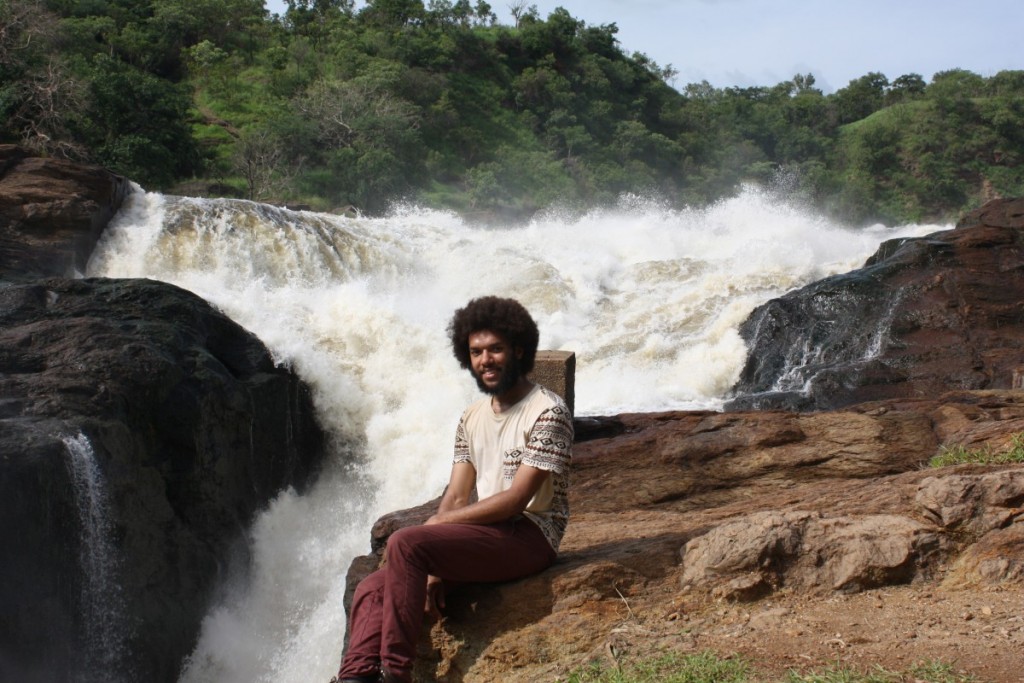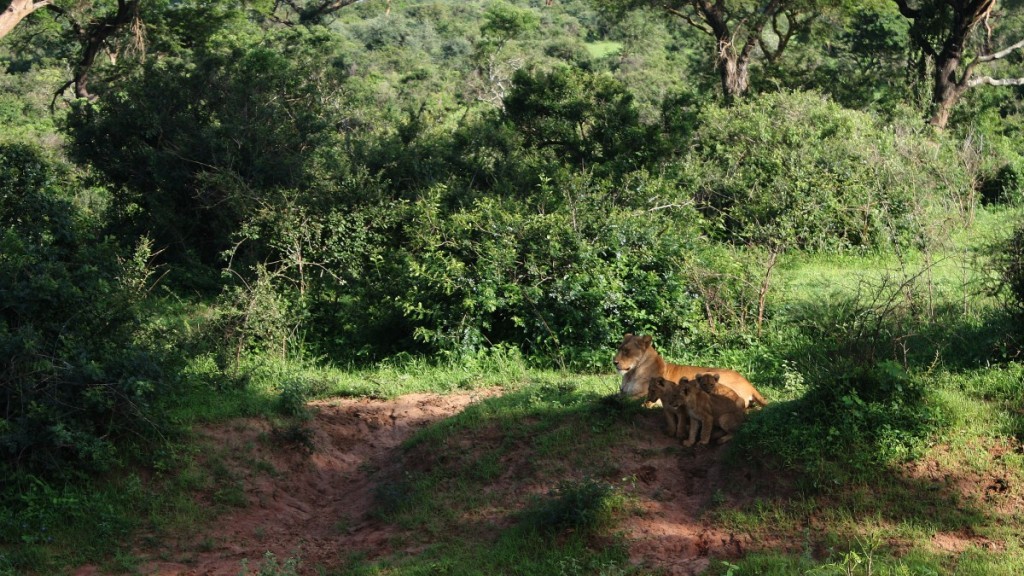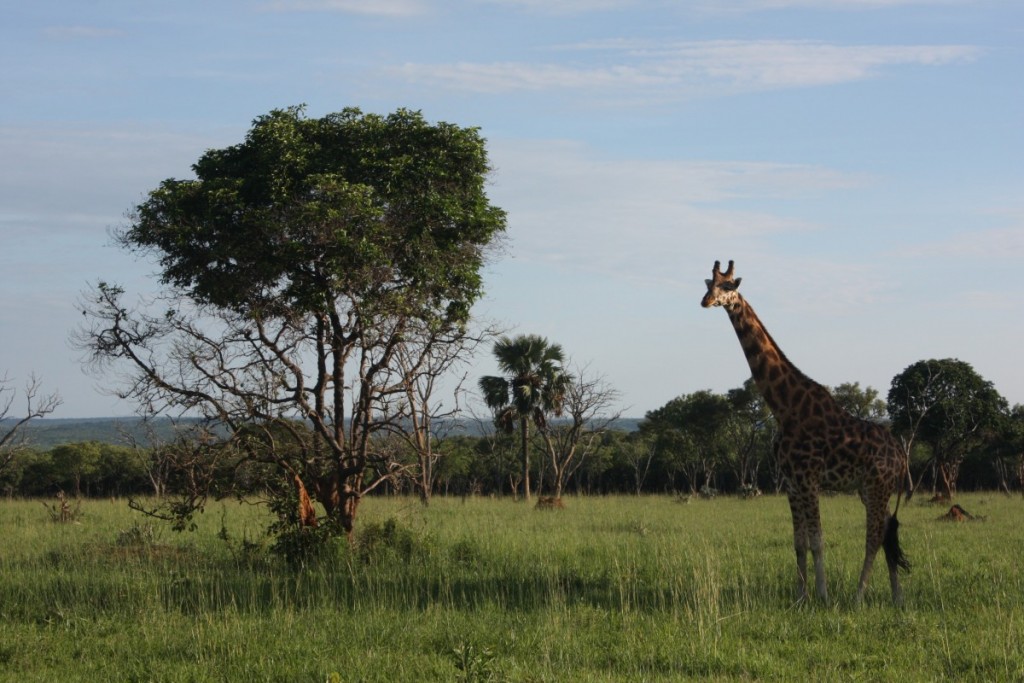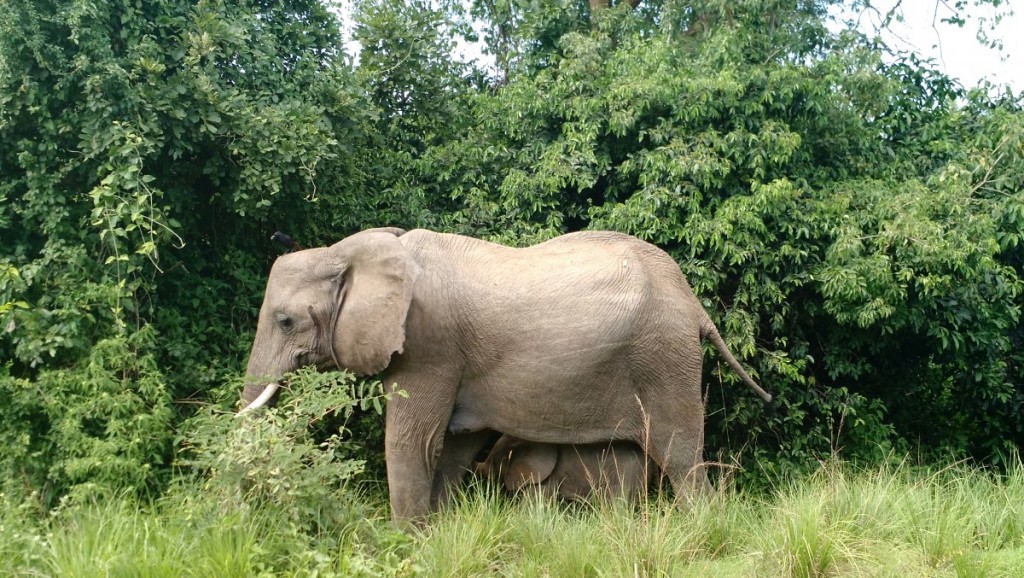This week I have continued to take adungu lessons from Robert Kijogwa. I have been learning a song called Tweyanze. I mentioned in my last post that the adungu is traditionally from the tribes in the north of Uganda including the Acholi, Alur and Lugbara. However, over time, many instruments were exchanged between the different tribes of Uganda.
Tweyanze is in Luganda (language of the Baganda) and is a song of gratitude and thanks. Here is the lyrics to a version of the song from an album called Tour of Light 2012 by Children of Uganda:
Luganda:
Tweyanze, tweyanzeege, walala kagutema bamwongere e Nabulagala
Tweyanze abakyala n’abaami (walala kagutema bamwongere e Nabulagala)
Munkubire engero ndimwana wambuga…
Munkubire engoma abuganda bweyagale
Twazze kusanyuka abakutte kuttama
Nyimba mpola mpola tebandaba engeleka
Nyimba mpola mpola tebandaba ekibuno
Nyimba mpola mpola tebandaba akamiro
Ate namunyeeye bwekaaba eruma
Translation:
We are so grateful – may you be rewarded accordingly
We are grateful to you, women and men.
Clap for me, I am a son of the king
Play drums for me so that Buganda (kingdom) will be happy
We came to enjoy, but now some of you are feeling sad
I sing mildly, not to show my teeth
I sing gently, not to show my gums
I sing slowly, not to show my throat.
When the owl hoots it brings sadness.
The song is structured such that the lead singer sings a line which is then followed by a refrain from the chorus (walalala kagutema bamwongere e Nabulagala). Depending on the situation in which the performers are playing the song, the lead singer can change the lines to fit the situation as long as they fall within the structure of the song.
I was also able to attend a performance by the Uganda National Contemporary Ballet (UNCB). My adungu teacher, Robert Kijogwa, was involved in a collaboration with the UNCB called ‘The Power of Hope.’ The music and script were composed by an American doctor named Scott Shepherd in response to the violece in Darfur, Sudan. The performance included a recording of Dr. Shepherd’s composition along with live drumming from Robert Kijogwa. The UNCB dancers were also accompanied by children from the Katwe Youth Development Association (KAYDA). KAYDA is an organization that attempts to provide help for children who are living on the streets in Kampala.
Before ‘The Power of Hope’ there was a short play titled ‘Solidarity’ that was performed by primary school students from the Ecole Français (French School) in Kampala. This was followed by a dance titled ‘Crazy Dancers’ and a set of solo performances by the UNCB dancers.
I was also able to attend a performance at a venue called Jazz Ville in a neighborhood of Kampala called Bugolobi. The Code 9 band performs at the venue every Friday night. They played a combination of covers of popular jazz songs as well as original compositions. They used typical Jazz instrumentation including guitar, bass guitar, drums, saxophone, horns and vocals. Most of the covers were sung in English while some of the original compositions were in Luganda.
I was also fortunate enough to be able to make a trip to Murchison Falls National Park. The park is located near the western border of Uganda across Lake Albert from the Democratic Republic of Congo. The Victoria Nile bisects the park on its way to Lake Albert and the Albert Nile forms a part of the Northwest border of the park. The section of the park south of the Victoria Nile is composed primarily of forested areas while the section north of the Victoria Nile is primarily savanna.
The soundscape of the park is very distinct from that of Kampala. In Kampala, I was predominantly faced with a mixture of vehicle noise, honking, people, roosters and bird songs. In the park the absence of traffic noise was a welcome comfort and gave me more room to appreciate the natural soundscape. In the southern part of the park, the forests are filled with the songs of the many bird species that live there. While in the northern part of the park the savanna is filled with a tranquil quiet.
One of the most impressive soundscapes at the park was the sound of Murchison Falls itself. At the point of the falls, the Nile narrows to 7 meters before plummeting 43 meters into the chasm below. At the top of the falls, you are surrounded by the thunderous sound of the water as it echoes off the walls of the deep cauldron.




